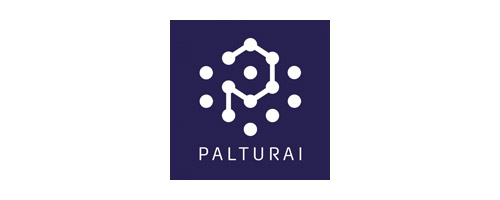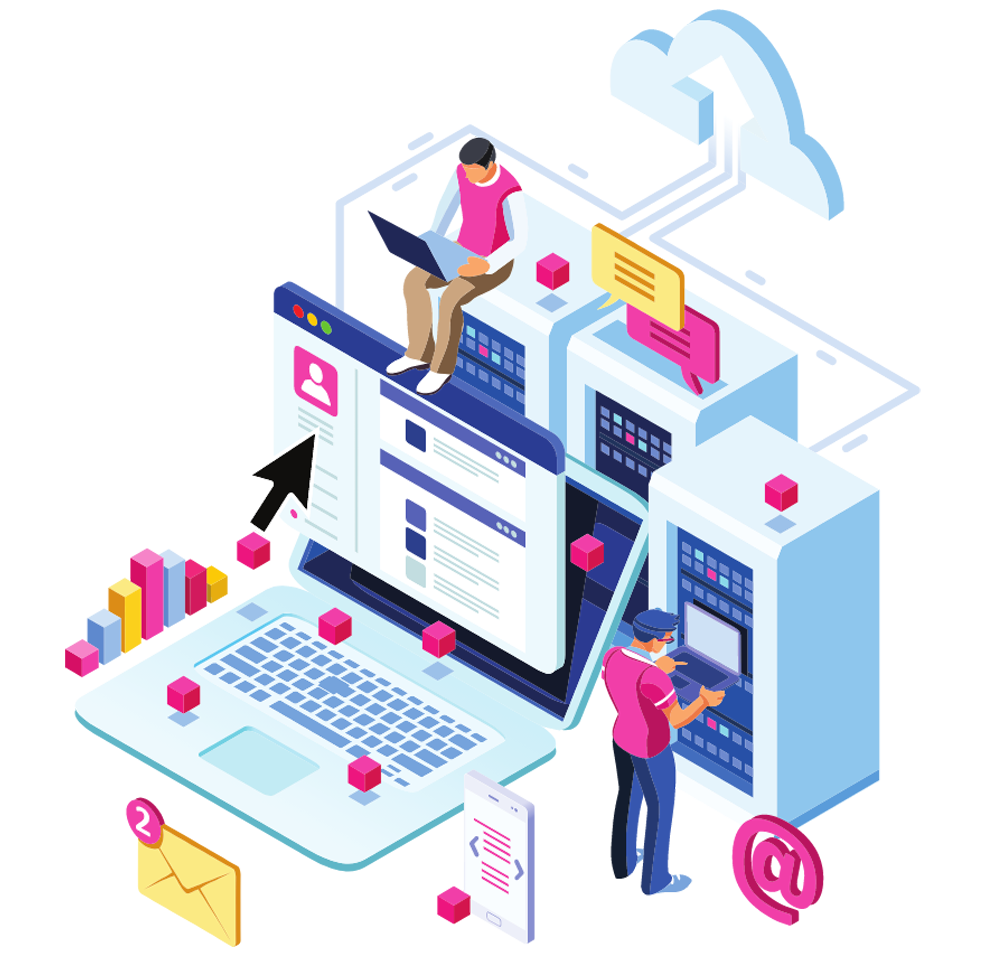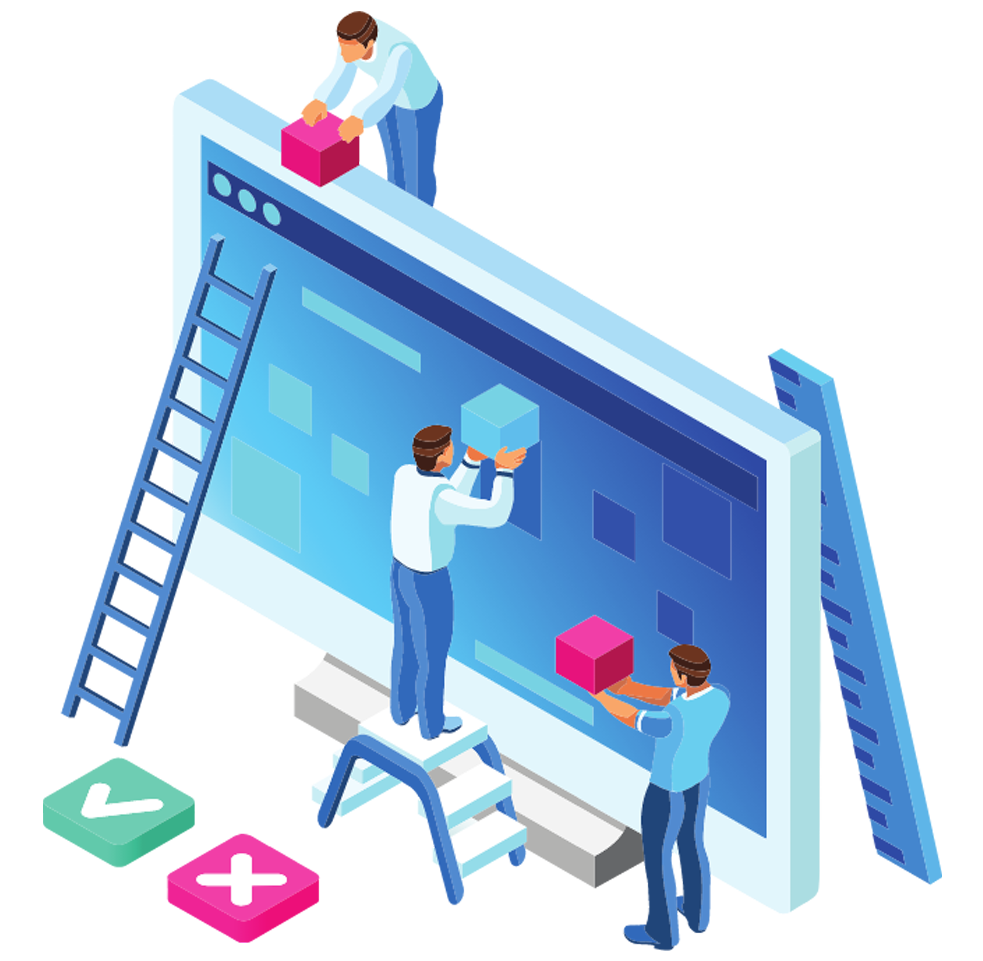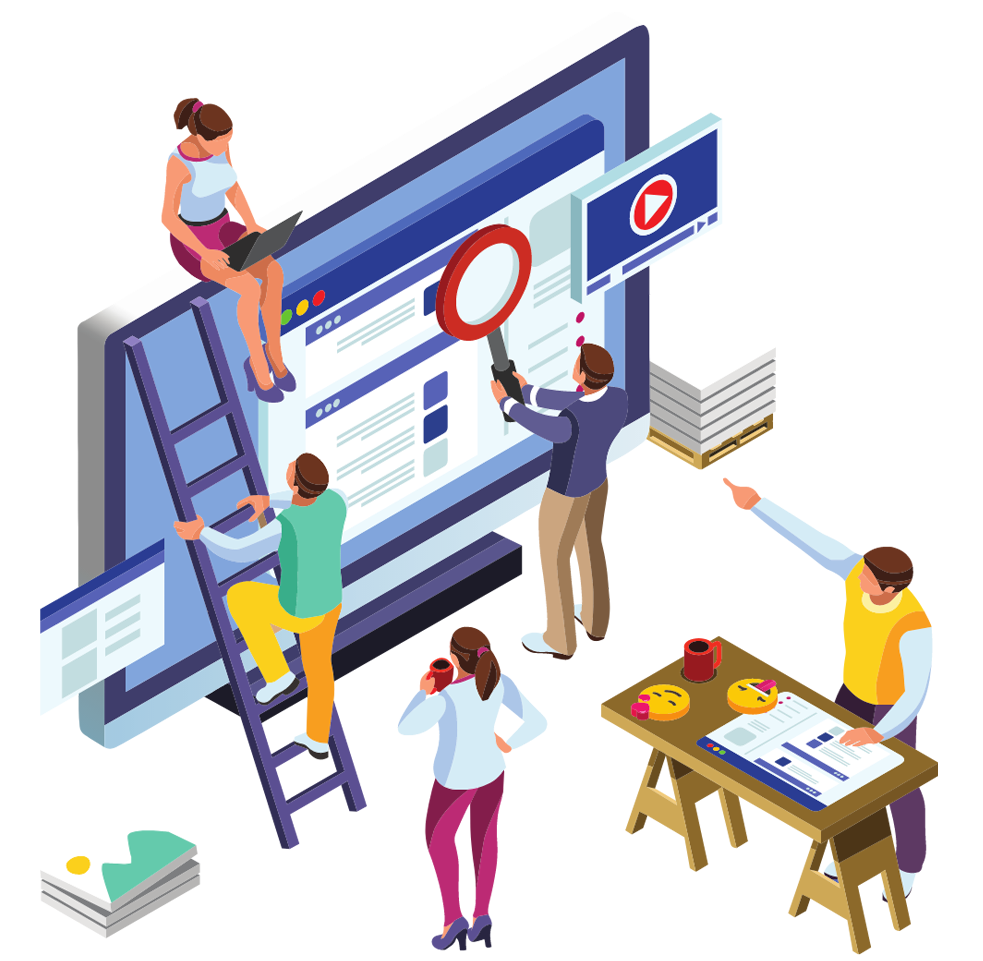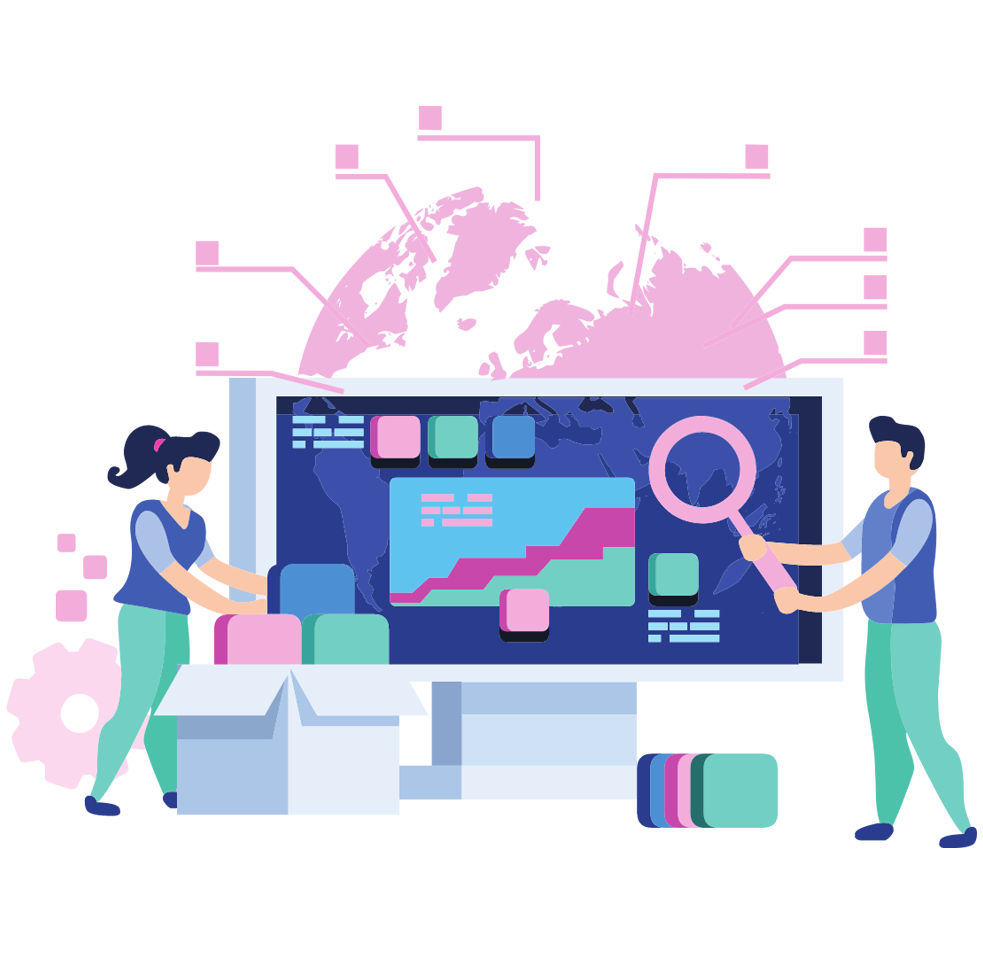Often, when thinking about change and the difficulties associated with it, people direct their thoughts towards how hard it will be to technically change the system, procedures, or applied solutions. The experience of talking to our clients shows us that for them, the most difficult and energy-consuming element of change management is managing themselves and their employees. The conscious change leader knows perfectly well how much challenge he will face in the transformation, which aims to change people’s habits. They also know that the organization must be ready for this change.
What does readiness for change in an organization look like?
To describe what, on a human level, such readiness for change is and how to build it, let me refer to the metaphor of an Elephant, Rider, and Path, which Chip and Dan Heath described in their book “Switch: How to Change Things When Change Is Hard”. According to this metaphor, a human being facing change is like a rider struggling to ride an elephant.
The Rider symbolizes the logical side of our thinking. The Elephant, on the other hand, depicts the emotional side. The Path is the change that must take place. Faced with a vague goal and path that they must travel to reach it, the Rider and the Elephant behave in an intuitive way. The Elephant – our emotions – reacts with fear and escapes. The Rider panics, and if he doesn’t have an accurate map, he can’t keep the elephant in check. If additionally, the path is difficult and winding, the whole trip ends at a different destination, with the travelers battered.
Working with our clients, we aim to properly prepare their organization for change. If I were to describe readiness for change of a sales tool in an organization, it would look like this:
The Motivated Elephant
The more motivation and readiness for change, the more energy to bear the costs associated with it. What is the basis of motivation? The ADKAR model and its first two elements – Awareness and Desire – come to the rescue. You must build the employees’ awareness of why a proposed change is necessary. Show them how much time and energy they are currently wasting reporting and gathering data from different sources (emails, notebooks, their memory). Show them how many times, due to an inappropriate level of knowledge about the customers, several employees contacted them at the same time.
One of the fundamental mistakes made by change leaders is the assumption that mere awareness of the cons of the current state will cause a desire and readiness for change. Nothing could be more wrong. Build a need and desire to change. Show the benefits of the implementation of the new tool – for the whole organization as well as individual employees. Justify the choice of such a solution. The benefits most frequently cited by our clients are:
- quick and easy access to data: information about customers is not lost in notebooks or millions of emails,
- the ability to track the history of work with the customer,
- clearly arranged processes,
- more time for valuable work.
The right amount of energy needed to change the tool will provide the right motivation for your employees to get involved in learning the new system and working with it. Built this energy on the need and willingness to change.
The Rider who knows where he’s going
The clearer the goal we are striving for, the greater the Rider’s confidence that it is achievable. To clarify the goal is to accurately outline the vision of change. The vision of working with the new system consists of:
- description of the organization after the change: what the processes will look like – which of them will change and how; which will remain the same;
- expected behavior on the part of the participants of the change – what data they should register in the system and when, how often;
- description of new elements of the working day (additional data that has not previously been collected, meetings, new elements of the process),
- measures of the change’s success – how will I know that we have achieved the goal?
With a clearly defined goal, the team of recipients of change focuses on reaching it. If you also show a clear and realistic plan to reach the goal, the Rider will have nothing left but to follow the planned route, in accordance with the guidelines. Knowledge (K in the ADKAR model) of how the change will be implemented is just as important as the change itself. Build and present a plan for individual involvement in the implementation process. Plan the time they will have to spend on completing the task. Finally – create a training and post-implementation support plan based on the analysis of user needs.
The Aligned Path
Make the environment support the change. By implementing new sales tools, we build process elements so that they themselves lead the user to the next steps. Automations come in handy – in the system. We put the knowledge needed to perform everyday work. Easy access to knowledge resources and information about products from the level of the sales system allows you to quickly refer to related articles during a conversation with the customer. Build sales meetings around the tool and during these refer to the information stored in the system. Forget the existing reporting methods. That way you will create an environment that supports users in using the new solution.
With the right level of motivation, a clear vision of the goal, and a system that supports developing new habits, we are ready for change. We should remember, however, that readiness for change is a state that should persist until reaching the assumed goal. That is why it is so important to constantly monitor the level of readiness for change in the organization throughout the entire sales system implementation process.
Would you like to learn more about readiness for change? Do you feel that your organization could use change management workshops? Contact us!
We also encourage you to follow us on LinkedIn.
Article by Justyna Sobczak




